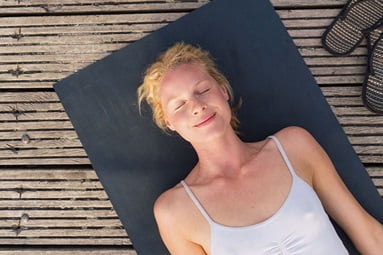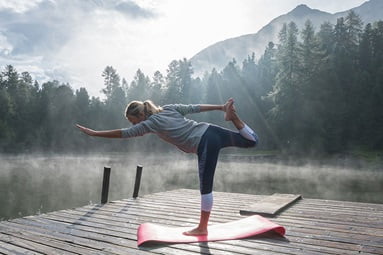
Myths about sun protection
The sun has many benefits for the body. It’s good for your wellbeing, triggers the production of hormones, boosts the immune system and stimulates the formation of vitamin D. But the UV rays in sunlight do pose a risk to the skin.
Optimum protection from the sun is vital to our health. But it’s an area where there are many myths and misunderstandings. We look at the most serious.
You only need to put on sunblock when the sun’s shining
Are you protected from the rays of the sun in the shade? Not quite. Because the rays get reflected by sand, water and objects you can also get sunburnt in a shady place. So it’s important to protect your skin on cloudy days too. Cloud cover reduces the UV radiation, but not enough to dispense with the need for sunblock.
Water-resistant products still protect you after swimming
Sunscreen can be described as water-resistant if it still offers at least 50 per cent protection after around half an hour in the water. This means you should reapply sunblock as soon as you’ve dried off.
Applying another layer increases the protection
The length of time you can stay in the sun depends mainly on your skin’s own natural sun protection. The fairer the skin, the shorter the period you can stay in the sun. The sun protection factor of the sunscreen multiplies the length of time. This doesn’t mean, however, that you can stay in the sun all day as long as you keep reapplying cream. It doesn’t increase the protection time; it merely maintains protection if sunblock gets washed away or rubbed off by a towel.
Pretanning in a solarium protects the skin from sunburn
Tanning in a solarium won’t increase your skin’s natural protection. Unlike natural sunlight, which contains both UVA and UVB radiation, many solariums only use UVA. UVA tans your skin but doesn’t protect it from further radiation. Tanning under UVB gives slight protection from further radiation but also damages the skin. For this reason it’s not advisable to put extra strain on your skin with UV light.
Red skin turns brown
Many people think that after a certain time sunburn turns into beautifully tanned skin. Strictly speaking, though, this isn’t the case, because sunburn is neither a preliminary phase nor the cause of tanning but an acute inflammatory reaction of the skin. In some cases the skin does actually turn brown, but that’s because of the UV rays received while sunbathing. It’s much better for the skin if you go brown without getting sunburnt first. But the general rule of thumb is that any tanning is a sign of damage to the skin. So you can do your skin good if you occasionally skip the sunbathing!26.07.2023







